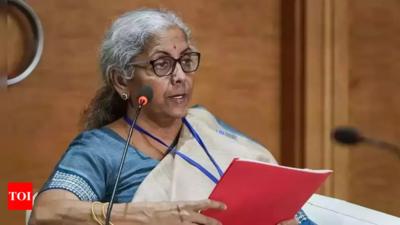Introduction to the Faceless Appeals Scheme
In her 2024 budget speech, Finance Minister Nirmala Sitharaman announced plans to deploy more officers to handle the backlog of first appeals, particularly those with significant tax implications. As of April 1, 2024, there were approximately 3.01 lakh appeals pending at the CIT (Appeals) level, with a total of 5.49 lakh appeals to be disposed of by March 31, 2024.

Steps Taken by the Government
The government has implemented several measures to ease litigation, including increasing the threshold limits for filing appeals by the Income-tax department, planning to augment the strength of Appellate Commissioners, and introducing the Vivad Se Vishwas Scheme to settle pending appeals. However, there is a pressing need to improve the Faceless Appeals Scheme, as highlighted by various trade associations and tax experts.
Challenges and Recommendations
Despite the efforts, the Faceless Appeals Scheme faces challenges in effective functioning. Recommendations include adopting a First-In-First-Out (FIFO) basis for clearing pendency, ensuring appellate authorities consider submissions already filed on the portal before issuing fresh notices, and introducing a grievance, rectification, and early hearing mechanism on the portal.
Additional Suggestions from Nasscom and BCCI
Nasscom suggests clubbing pending appeals for the same taxpayers with similar issues for different assessment years and directly sending high-stake matters involving tax demand of more than Rs. 10 crores to ITAT after assessment proceedings. The Bombay Chamber of Commerce and Industry (BCCI) emphasizes the need for both CIT(Appeals) and Joint CIT(Appeals) to expedite the hearing of pending appeal matters, especially in cases of high-pitched assessments.









Comments